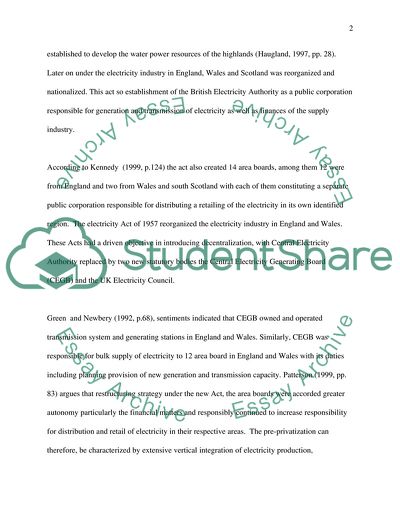Cite this document
(Electric Power Industry Assignment Example | Topics and Well Written Essays - 2000 words, n.d.)
Electric Power Industry Assignment Example | Topics and Well Written Essays - 2000 words. Retrieved from https://studentshare.org/physics/1762129-busines-environment
Electric Power Industry Assignment Example | Topics and Well Written Essays - 2000 words. Retrieved from https://studentshare.org/physics/1762129-busines-environment
(Electric Power Industry Assignment Example | Topics and Well Written Essays - 2000 Words)
Electric Power Industry Assignment Example | Topics and Well Written Essays - 2000 Words. https://studentshare.org/physics/1762129-busines-environment.
Electric Power Industry Assignment Example | Topics and Well Written Essays - 2000 Words. https://studentshare.org/physics/1762129-busines-environment.
“Electric Power Industry Assignment Example | Topics and Well Written Essays - 2000 Words”, n.d. https://studentshare.org/physics/1762129-busines-environment.


